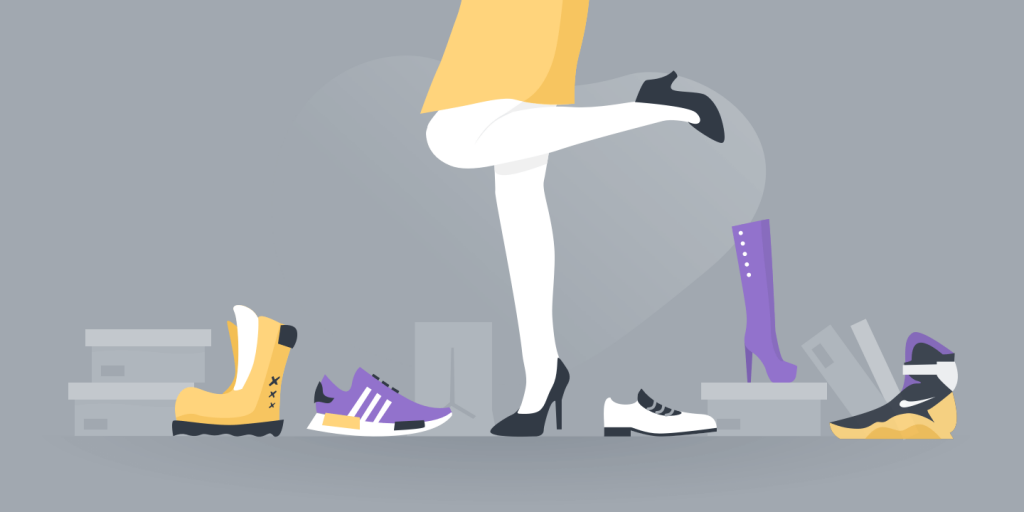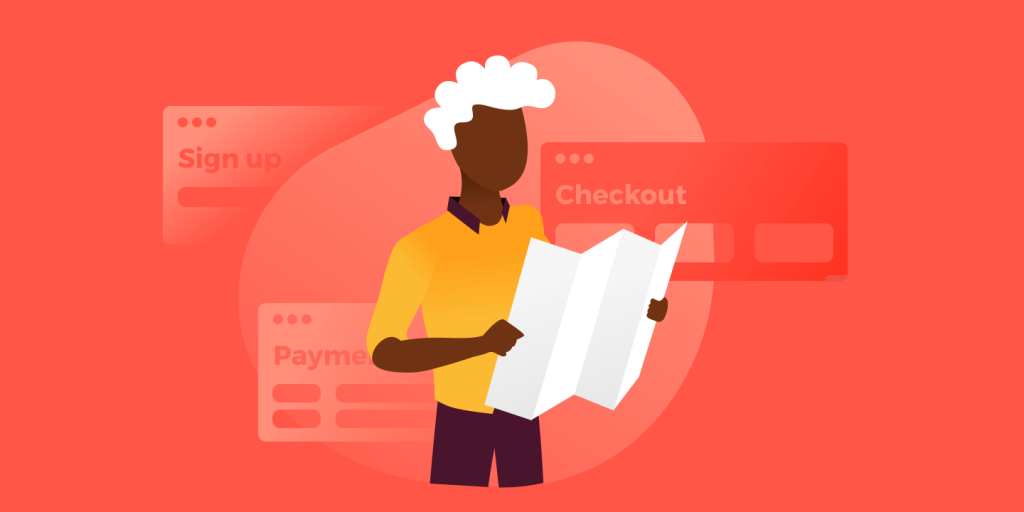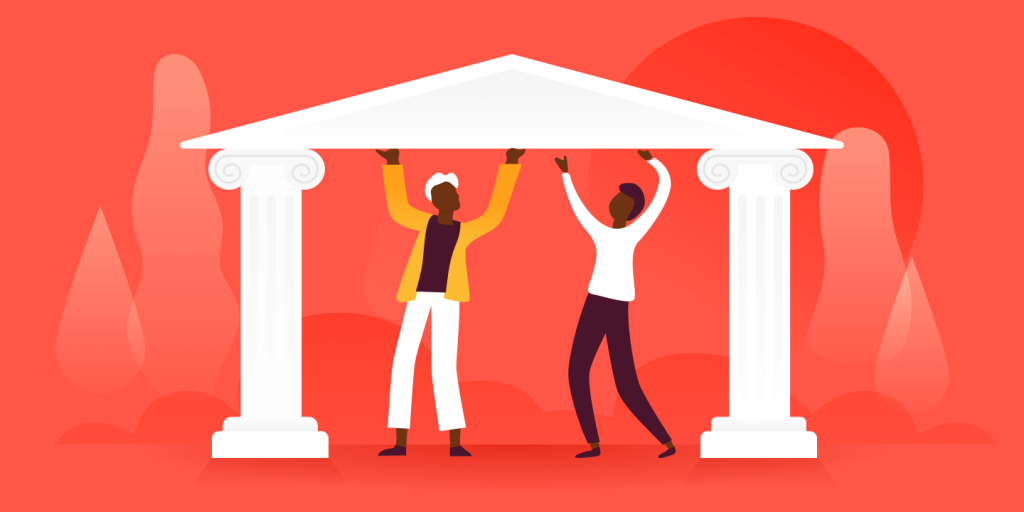It’s important to have an easy-to-remember framework that you can fall back on when bad customer experiences occur.
If you work in customer service, I’m willing to bet that dealing with unhappy customers is not your favorite part of your job.
Despite your best efforts, it’s simply a fact that from time-to-time every customer service person has to deal with customers whose expectations were not met and who are now upset or frustrated.
Since these situations are virtually inevitable, it’s crucial for every support team and every support agent to have a plan on how to defuse tense customer conversations and turn bad customer experiences into great ones.
This article will teach you some of those strategies and provide you with real-life illustrations of other customer service professionals who successfully employed them.
 Become an advocate for your customers
Become an advocate for your customers
Have you ever been in a situation where your business or product simply can’t provide what a customer is looking for? Scenarios like these present a choice: Inform the customer you can’t help or go the extra mile to help make sure their needs get met (even if it doesn’t benefit your business directly).
Lauren Reynolds, Head of Customer Service at Sesame, a NYC-based healthcare startup that helps uninsured people find affordable medical care, shares this example:
At Sesame, we work with customers that are either sick, injured, or caring for a loved one who is; and because of that the stakes are incredibly high. That’s why we do everything in our power to help – even if it means spending hours cold-calling doctors outside of our network to find affordable and quality care for a patient.
In one instance we had a customer that booked an appointment with a doctor on our site. It turned out that the doctor wasn’t able to treat that specific issue. When the patient called us in a panic, we not only gave her a refund, we also researched and coordinated a new appointment for her with a doctor outside the Sesame network. My team also made sure to follow up with the customer after her appointment to be sure she was able to get the care she needed.
Even though the situation started out rocky, we were able to turn it around by stepping outside of the traditional call center role and becoming a customer advocate.
Lauren’s example is a great one because it shows her team’s customer-centric focus. The “efficient” thing to do would have been directing the customer to find help elsewhere, but even though it meant extra work that didn’t directly benefit Sesame, what mattered most was helping out a customer in need.
I’m willing to bet that this experience led to a very satisfied and loyal customer.
 Get creative
Get creative
Unmet customer expectations are often the source of bad customer experiences. If you’ve ever worked in the hospitality industry, you’ve seen this firsthand.
Jason Lee, Product Evangelist Lead at LogRocket, shares a creative way to take unmet customer expectations and turn them into win-win situations for everyone involved:
I used to work in a hotel, and I remember one day when a family of five – parents, two young kids and an adolescent – came in on a rainy day. Even though it was past check-in time their suite wasn’t ready, so they quickly became annoyed at me. The kids were rowdy, the wife was visibly unhappy, and the husband was talking loudly at the front desk.
Emotions were running high, so my first action was to offer everyone bottled water to lower the tension and create a pause in the emotion. Then I isolated them from other customers by getting them a table at the hotel restaurant and giving them free drinks, while I chatted quietly with the husband to understand the situation. I gave him a few options and, wanting to make up for their bad experience, I offered him a heavily discounted upgrade to our Presidential Suite.
This had a couple of benefits:
- He was able to save face with his family by saying it was his idea
- His whole family was excited about having more space
- The hotel made ancillary revenue on a room that wouldn’t have been sold that week
While the source of this family’s frustration was outside of Jason’s control, his quick thinking and creativity turned around the experience and opened up a way for everyone to find satisfaction.
 Use HEART
Use HEART
You know that bad customer experiences will happen, but you can’t predict exactly when. This unpredictability is why it’s so important to have an easy-to-remember framework that you can fall back on when those negative experiences occur.
Murphy Fraser, Client Success Manager at Skillshare and customer experience thought leader, recommends using the HEART model as a good go-to framework:
I grew up in customer service in the Hilton ecosystem and they lean heavily on the HEART model when dealing with experience service recovery. I took it with me to other jobs as well, and it has served as a good baseline framework for turning bad situations around:
H – Hear: practice active listening when fielding a complaint from a customer
E – Empathize: be genuine in your attempts to empathize with the customer’s issue
A – Apologize: be genuine in your apology too.
R – Respond/Resolve: do what you can to make things right. If you’re not able to resolve, then respond in a way that shares info and the next steps in a clear manner.
T – Thank: always show appreciation for a customer who raises a problem
One of the things I love most about the HEART model is the last point around thanking customers who have raised a problem or complained. Dealing with unhappy customers can often be frustrating for customer service workers, and thanking these customers afterward is not always the first reaction.
While emotions can cloud our perspective at the moment, the reality is that each time a customer complains they are sharing an opportunity for your business to get better. As a customer service professional, your job is to turn around that one specific experience, but it’s also to figure out how to improve your service or product offering to prevent similar experiences from occurring in the future. When viewed this way, each complaint is a gift pointing out an opportunity to improve that you may not otherwise have seen.
If you find these things challenging, you can check out these articles on the art of saying sorry and the best ways to say other common customer service phrases.
Conclusion
We’ve looked at a few specific examples and tactics to turn around bad customer experiences. Hopefully, they’ve sparked some curiosity and creative thinking for you on how you can better respond to upset or unhappy customers in the future.
In closing, remember the following:
- Bad customer experiences are inevitably going to happen
- You have to have a plan in place to deal with them, both at the individual support agent level and as an organization
- Start by empathizing with your customers and taking ownership of the problem or issue
- Make a commitment to fix the problem or to follow up as soon as possible
- Over-deliver on your promises
Studies have shown that even a slight increase in customer retention leads to a massive increase in profits. Every time you turn around bad customer experiences you increase the likelihood of retaining that customer’s business, making this area a great opportunity to invest in training and supporting your customer service team.













